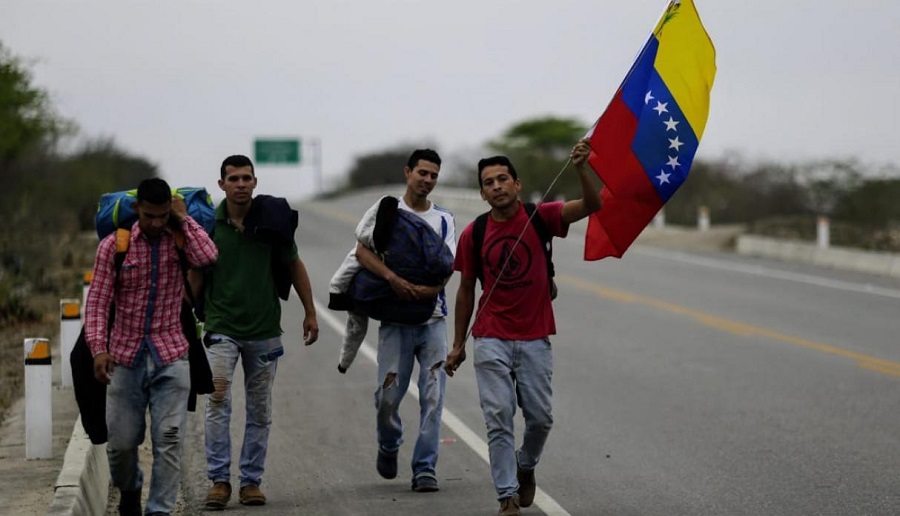RIO DE JANEIRO, BRAZIL – Venezuelan migrants and refugees generate a positive fiscal impact of 139 million soles (US$35 million) in Peru, a value that could increase by 113% should the Andean country promote efficient public policies favoring the labor and economic insertion of this migrant population.
These figures were disclosed Thursday (26) by economist David Licheri during the presentation of the first study prepared by the Peruvian Venezuelan Chamber of Entrepreneurs and Executives (CAVENPE) and the Konrad Adenuaer Stiftung (Kas), which assessed the real and potential economic impact of Venezuelan migration in Peru.
The report estimates that the fiscal impact of this population in the country currently amounts to 309 million soles (US$77 million), leaving a net positive impact of 139 million soles.

However, it alerts that the potential contribution of Venezuelan refugees could rise by 113% and reach a net fiscal balance of 296 million soles (US$74 million) if Peru “corrected” the legal, administrative and practical hurdles that hinder their labor and economic inclusion.
LIFTING BARRIERS
In addition to the urgency of relaxing immigration regulation processes, Licheri stressed the need to facilitate the hiring of foreigners, and therefore urged the Peruvian government to consider the elimination of the restrictive percentages that hamper their hiring and remuneration.
Along these lines, the study also suggests promoting financing programs to encourage entrepreneurship among the migrant population.
Likewise, in order to give them greater guarantees for the exercise of their profession in the host country, the report urges the Peruvian authorities to reduce the costs for the certification of professional degrees and to facilitate the registration process, as well as to promote job placement programs.
Licheri also mentioned the importance of ensuring greater access to social and health services, recalling that, to date, only 7% of Venezuelan refugees in Peru have access to the Comprehensive Health Insurance (SIS).
Finally, the study urges the various levels of government to promote meeting spaces between the refugee and host population and to implement awareness campaigns “to change perceptions and stereotypes regarding Venezuelan migration.”
ONE MILLION VENEZUELANS
Licheri recalled that after Colombia, Peru is the country hosting the most Venezuelan migrants in the world, with over 1 million arrivals since 2016.
According to the study, 40% of the Venezuelan refugee population in the country have completed higher education and 90% are economically active.
“It is a highly schooled and young population, willing to work and look for opportunities to exercise the skills they have previously learned,” the economist said.
However, Licheri stressed that approximately 60% work between 8 and 12 hours a day for a salary ranging between 600 and 1,200 soles (US$150 and US$300), while the minimum wage is set at 930 soles (US$230).

